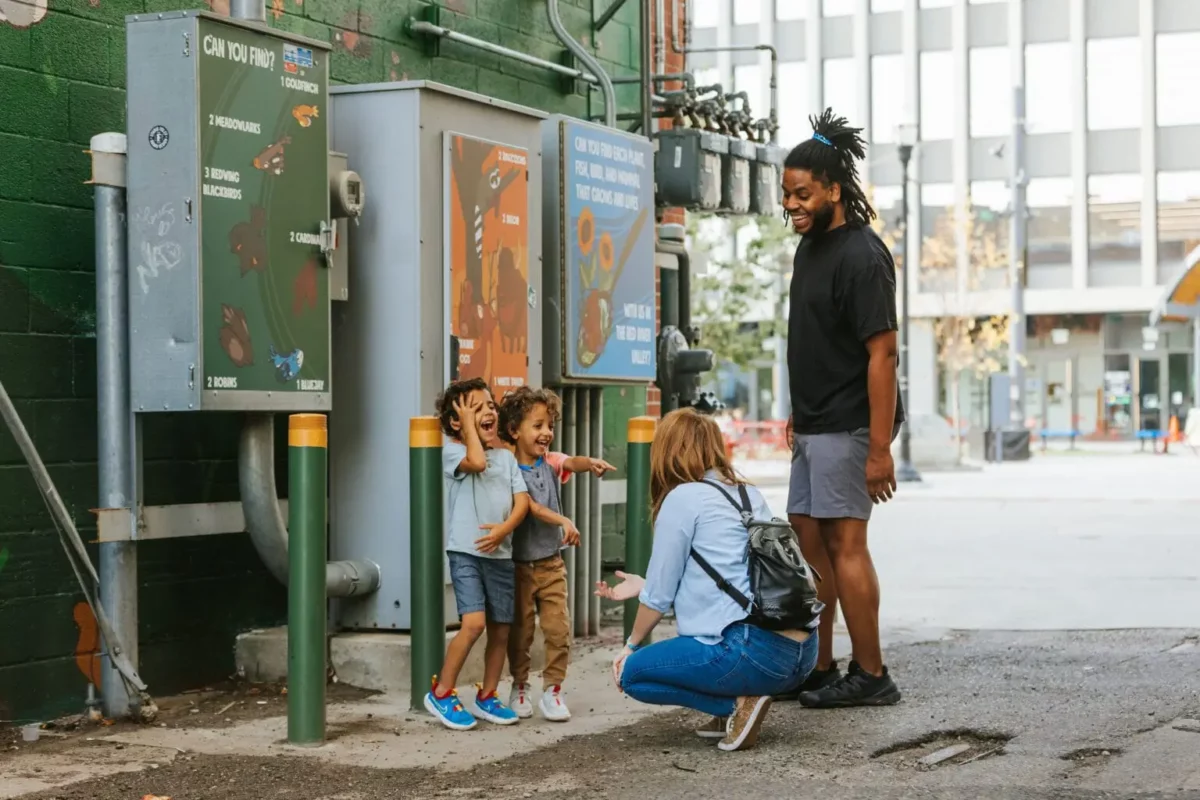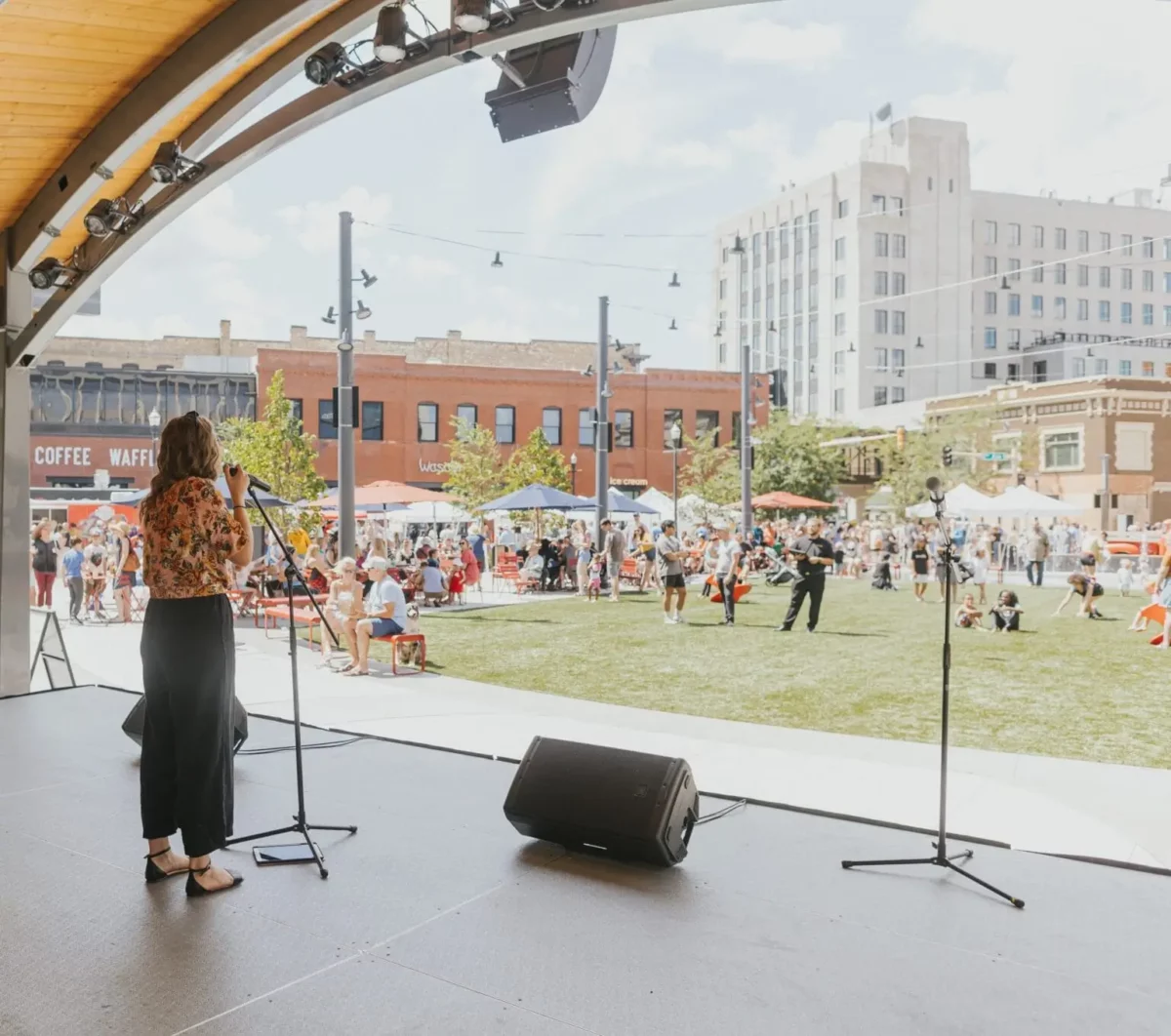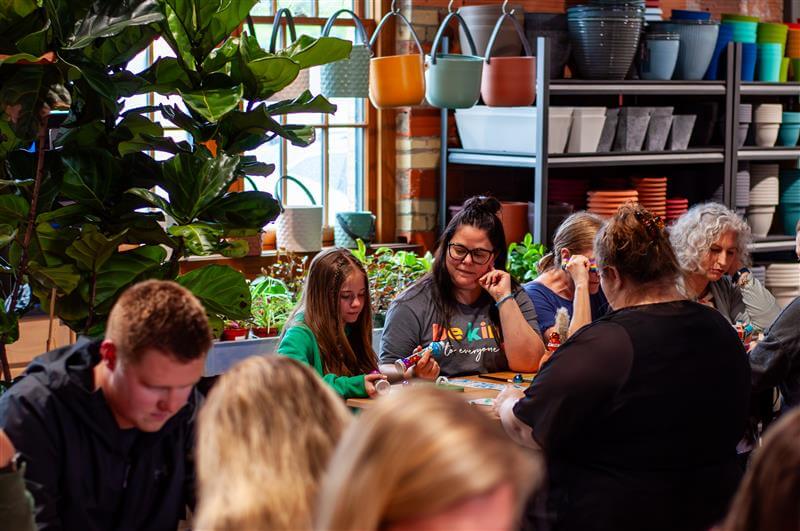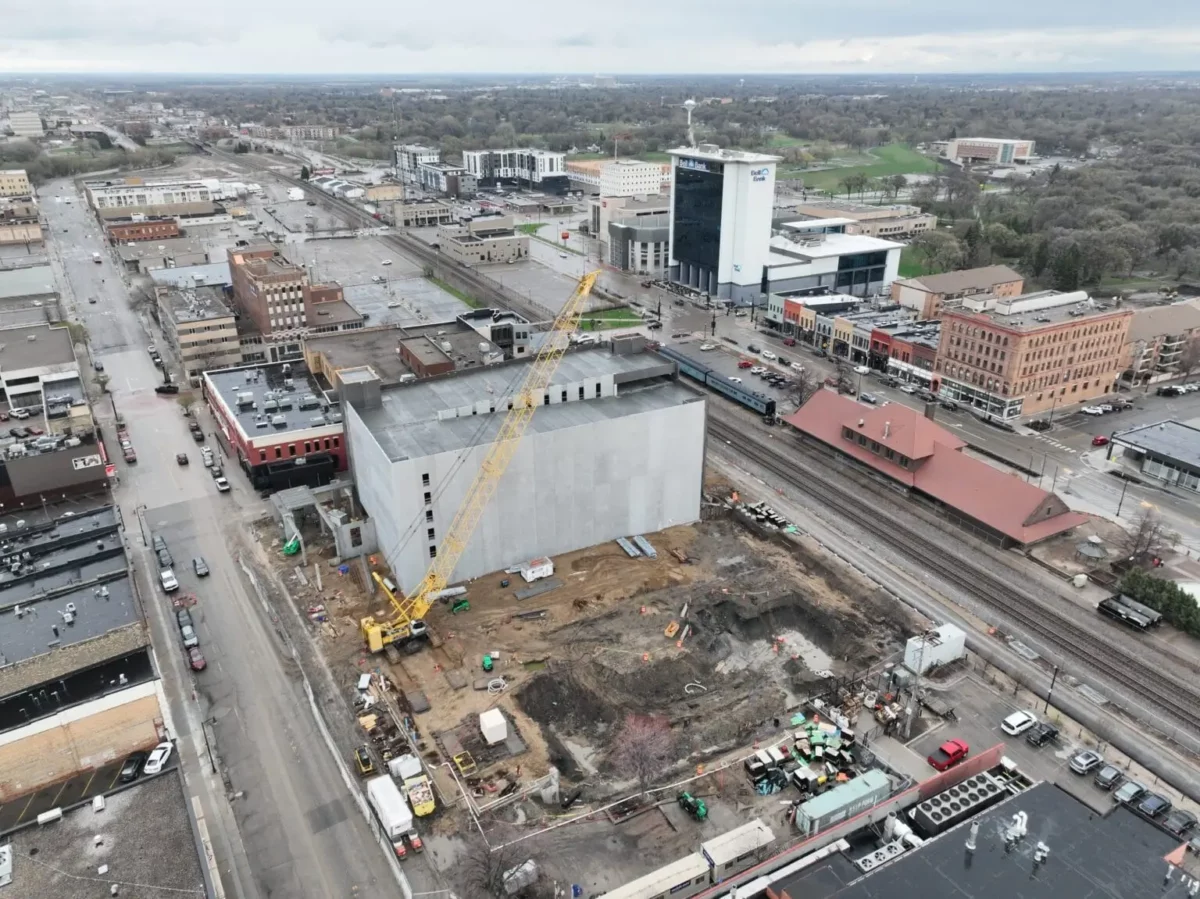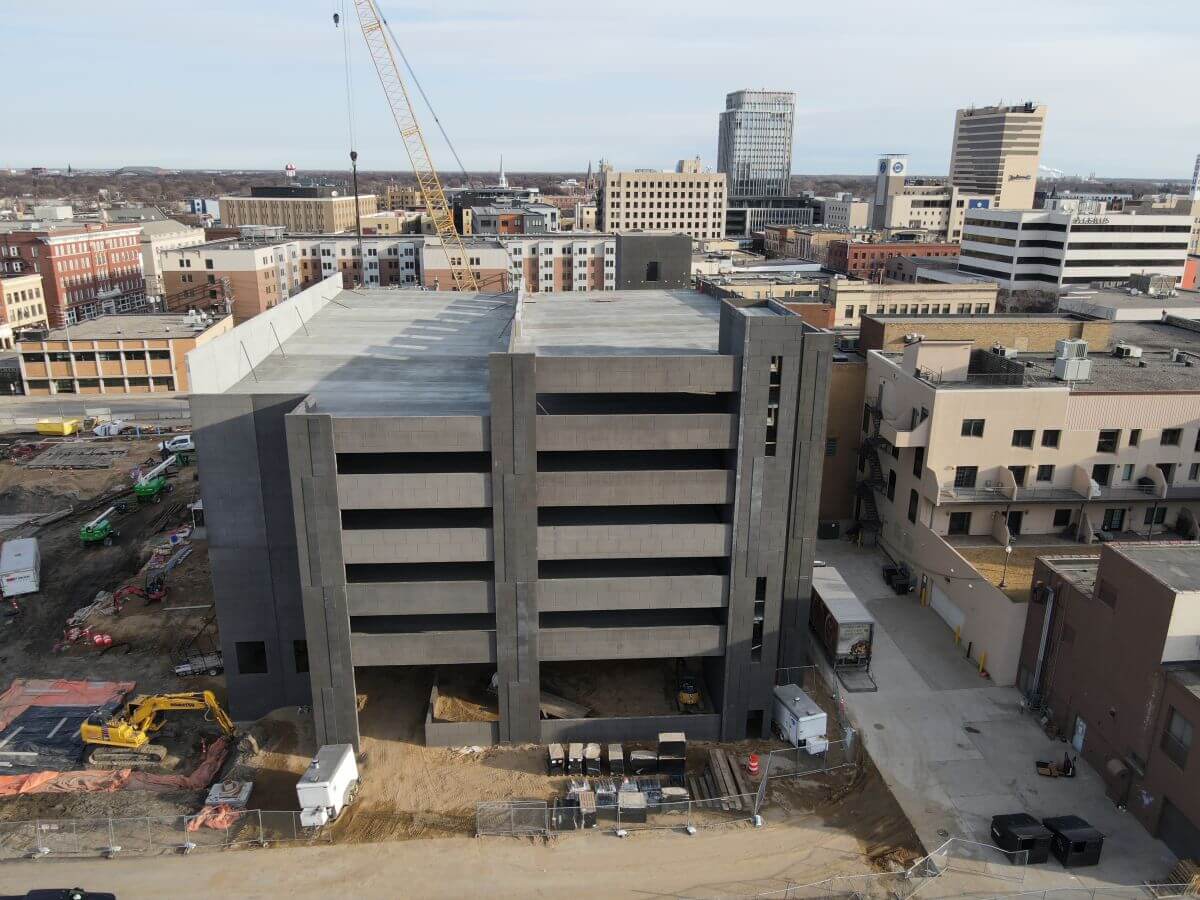Development plays a critical role in transforming our communities, impacting everything from the economy to social dynamic. As cities evolve, shaping the physical, social, and economic landscape becomes more important than ever. As a vertically integrated development firm, Kilbourne Group believes it can help craft the cities of tomorrow, with a focus on mixed-use spaces, public-private partnerships, and livable neighborhoods that connect communities.
Collaborating To Shape Neighborhoods
From the way we live and work to how we interact with the space around us, developers and cities can work together to have a hand in designing our everyday environments.
Partnering to create a vision for a neighborhood can result in places where members of the community feel a sense of belonging. For instance, mixed-use developments can foster more vibrant, diverse communities by encouraging greater interaction between people of all walks of life.
These types of developments can also be beneficial to a city in that they can increase property values, attract businesses, and enhance local culture.
Mixed-Use Spaces: Integrating Work, Living, and Community Experiences
One of the most transformative concepts in development today is the idea of mixed-use spaces. These developments combine residential and commercial spaces into one cohesive environment, allowing people to live, work, and play in the same area.
The benefits of mixed-use spaces are numerous. First and foremost, they reduce dependence on cars, making cities more walkable. They also foster a stronger sense of community, as people from different walks of life come together in shared spaces. Mixed-use developments can encourage small businesses, local shops, and cultural hubs to flourish, creating more vibrant and self-sufficient neighborhoods.
Cities around the country are already experiencing the benefits of mixed-use developments. For example, Broadway Square in downtown Fargo, North Dakota, has become the community’s living room upon its completion. In the heart of modern, mixed-use projects that integrate apartments, offices, retail spaces, and parks, Broadway Square has transformed the look and feel of downtown Fargo into a place families can enjoy an afternoon, a perfect lunch spot for a business to show off the heart of their city, and a spot for unique events and experiences for all.
As cities continue to grow, mixed-use spaces will be key in shaping the future of how they define community. These spaces allow for more integrated neighborhoods that meet the diverse needs of their residents.
Public-Private Partnerships for Better Futures
Development doesn’t happen overnight. To build successful, large-scale projects that benefit the entire community, collaboration between the public and private sectors is often essential. Public-private partnerships (PPPs) have become a powerful tool for financing and executing development projects that require both public support and private investment.
Through PPPs, local governments can partner with private developers to fund projects that improve infrastructure, public spaces, parking garages, and housing. These partnerships help cities maximize the project potential that includes public uses and private sector uses such as creating more housing, revitalizing downtowns, or finding solutions for surface parking lots.
As the demand for smart, livable cities grows, public-private partnerships will be vital in ensuring that developments not only meet economic goals but also benefit the wider public.
The future of our cities will be shaped by the decisions real estate developers, cities, and private investors make today. As we look ahead, mixed-use neighborhoods will continue to be essential for all cities and demand will continue to grow.. As a leader in the development process, Kilbourne Group is excited to have the opportunity to build not just buildings, but communities that are livable, walkable, and connected.
Ready to transform your city? Let’s make it happen. Contact Kilbourne Group today to discover how we craft spaces as distinctive as the residents, businesses, and neighborhoods they serve.




